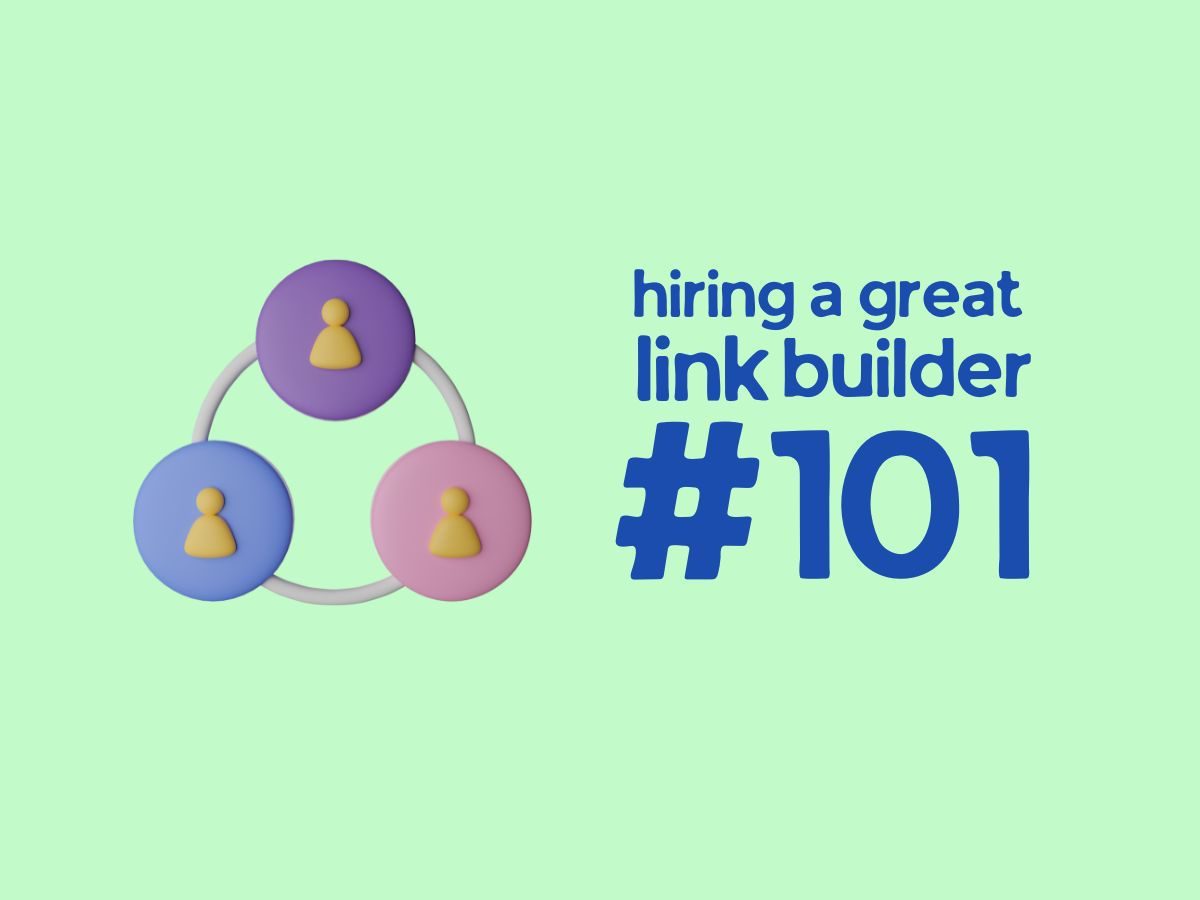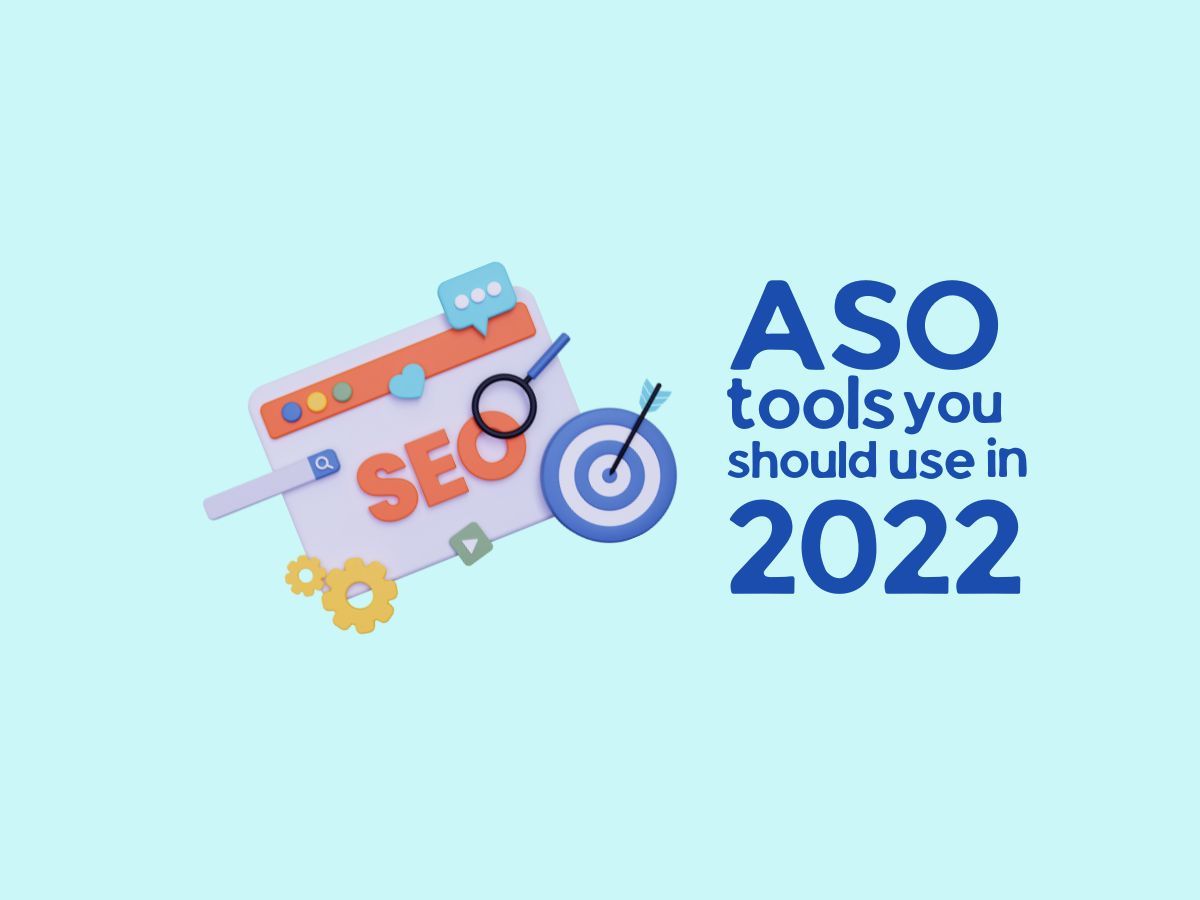Killer Strategies for Generating Amazing Content Marketing Ideas
What is conversion Copywriting?
But despite its widespread adoption, many marketers struggle to produce consistent, high-quality content. In fact, 46% of marketers report that producing such content is their biggest challenge.
So how can you generate amazing content marketing ideas that will captivate and convert your audience? In this article, we’ll explore some proven strategies that can help you come up with ideas that are both engaging and effective.
From conducting customer surveys and utilizing social listening tools to looking to industry influencers and creating evergreen content, we’ll cover a range of tactics to help you generate a steady stream of fresh and valuable content for your business.
Start with Your Unique Selling Proposition (USP)
Before you can start generating ideas for your content marketing, it’s important to know what makes your business unique. What sets you apart from your competitors? This is known as your unique selling proposition (USP), and it’s the foundation of your content marketing strategy. To determine your USP, ask yourself the following questions:
- What makes your products or services different from those offered by your competitors?
- What benefits do your products or services offer that your competitors don’t?
- What specific needs or pain points does your business solve for your customers?
Once you’ve identified your USP, use it as the foundation for your content marketing ideas. For example, if your business sells eco-friendly products and this is a key part of your USP, consider creating content that educates your audience on the importance of sustainability and how your products can help them live a more environmentally-conscious lifestyle.
Conduct a Customer Survey
Another great way to generate content marketing ideas is to ask your customers directly. Conduct a survey and ask them what topics they’d like to see covered on your blog or social media channels. You can also ask them what challenges they’re facing in their lives or businesses and how your products or services can help solve those challenges.
Not only will this give you a wealth of ideas for content, but it will also show your customers that you value their opinions and are willing to listen to their needs. This can help foster a sense of loyalty and engagement with your brand.
Utilize Social Listening Tools
Social media is a goldmine of content marketing ideas. By using social listening tools, you can see what topics and hashtags are currently trending in your industry. This can give you ideas for timely, relevant content that will resonate with your audience.
You can also use social media to see what questions and problems your audience is facing. By actively listening and engaging with your followers, you can get a sense of their pain points and create content that addresses those issues.
Look to Industry Influencers and Thought Leaders
Another great way to generate content marketing ideas is to see what industry influencers and thought leaders are talking about. Follow them on social media, read their blogs and newsletters, and see what topics they’re covering. You can also attend industry events and conferences to get a sense of the latest trends and hot topics in your field.
By staying up to date on what industry leaders are discussing, you can create content that adds value to the conversation and positions your business as a thought leader in your field.
Don’t Forget about Evergreen Content
In addition to timely, trend-based content, it’s also important to create evergreen content that will remain relevant for months or even years to come. This could include in-depth guides, tutorials, or resources that will be useful to your audience no matter when they come across them.
To come up with ideas for evergreen content, consider the questions that your audience is most likely to have about your products or services. What information do they need to know to make an informed purchase decision? By creating content that answers these questions, you can create valuable resources that will continue to drive traffic and engagement for your business over the long term.
Conclusion
By starting with your unique selling proposition, conducting customer surveys, utilizing social listening tools, looking to industry influencers and thought leaders, and creating evergreen content, you’ll be well on your way to generating fantastic content marketing ideas for your eCommerce business.
Remember, the key is to create value for your audience by addressing their needs and pain points. By doing so, you’ll be able to build trust and credibility with your audience and ultimately drive more sales for your business.
So don’t be afraid to get creative and think outside the box! With these strategies in your toolkit, you’ll be able to come up with a steady stream of amazing content marketing ideas that will help your business stand out in a crowded online marketplace.
Ready to take your content marketing to the next level? Subscribe to our newsletter for more tips and insights, and be sure to follow us on social media for even more content marketing inspiration.











